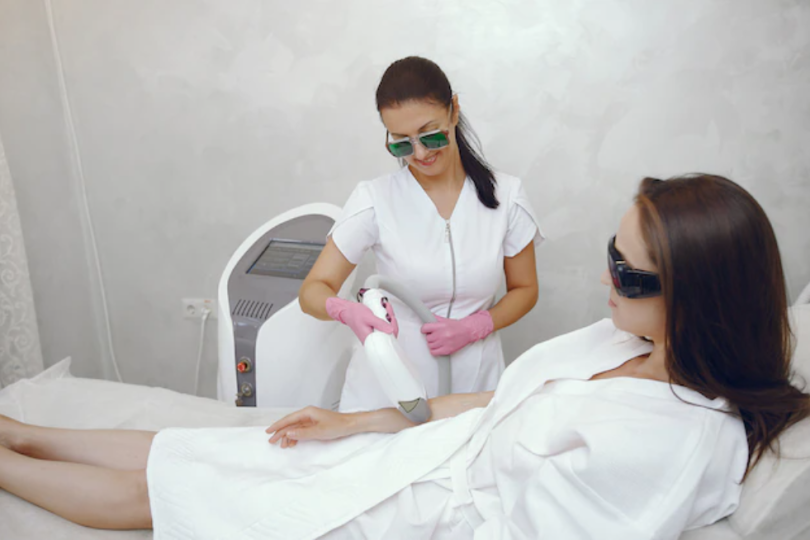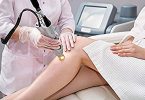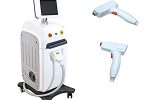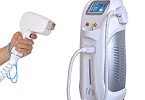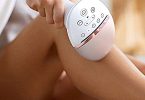If you’re interested in Epilation Laser Québec, you’ve come to the right place. At the Institute of Laser and Esthetics of Quebec, they combine cutting edge technology and skin care knowledge to provide a customized approach to hair removal. From men to women, they offer treatments for both male and female genitals. No matter what your skin type or hair color is, they’re equipped to provide the solution you’ve been seeking.
Regulations governing the use of epilation lasers
Regulations governing the use of epilation and body contouring lasers vary from province to province. Each province has its own regulations to ensure that users are safe. Generally, authorized personnel entering a laser area must wear protective eyewear. There are additional guidelines for skin resurfacing, including the use of protective gloves, and eye protection is mandatory. Regulations regarding the use of epilation lasers in Quebec are quite extensive.
Only licensed physicians and physician assistants may legally perform laser treatments. Under the law, physicians and physician assistants can only delegate laser treatments to their colleagues who have undergone specialized training. Physician assistants, licensed vocational nurses, and cosmetologists and estheticians cannot legally perform laser treatments. The same applies for those who delegate laser treatments to other healthcare providers. HF 3026/SF 2617 seek to make this more transparent and straightforward.
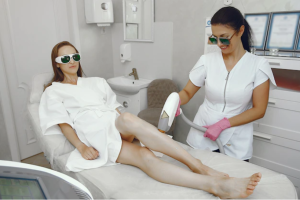
Epilation Laser Québec
Medical examinations for laser equipment operators
In Quebec, medical examinations are required for all persons working with laser equipment. This examination consists of a report from a retinoscopist or ophthalmologist. The report will also include information on the state of the eyes and ocular media. Medical examinations are required every six months or whenever there is an accident involving the laser. The employer must pay for these exams. It is best to consult with your employer and make sure that they follow the requirements.
The first medical examination required of laser operators is the eye exam. This examination must be completed within 48 hours of the incident. Afterward, there is no need for periodic medical examinations. Moreover, the physician who supervised the NP or PA must review the progress of the NP or PA to ensure that the person has acquired the required knowledge and skills. The NP/PA must follow a protocol that outlines the procedure of the laser therapy.
Cooling mechanisms for epilation laser treatment
Laser procedures can be safe if cooling mechanisms are in place. There are two main types of cooling mechanisms: active contact cooling and passive contact cooling. Active contact cooling uses conduction of heat from the skin to the laser handpiece, which then cools the surface. Passive contact cooling works by spraying liquid cryogen onto the skin before the laser pulse. This cooling mechanism reduces the amount of fluence needed to heat deeper targets.
Cooling mechanisms are used by many types of lasers, including cold glass containers and gels. Several of these devices are controlled electronically to reduce the amount of pain and erythema. They can also be used to increase the effectiveness of the laser. The cooling mechanisms can be classified according to their timing. Some methods include pre-cooling, parallel cooling, and post-cooling. The choice depends on the type of laser device being used, the physician’s preference, and user-friendliness.
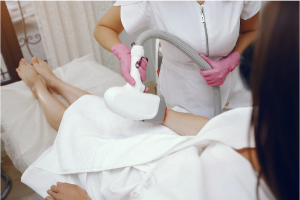
Epilation Laser Québec
Nominal Hazard Zone (NHZ) of lasers
The Nominal Hazard Zone (NHZ) for lasers is the space within a controlled laser area where the radiation level is greater than the maximum permissible exposure. Lasers produce light of visible wavelengths, which are harmful to humans. The NHZ is the distance within which lasers pose a risk of injury or death. While lasers produce light with a range of wavelengths, they are particularly dangerous when delivered in an open beam mode or in an unenclosed room.
ANSI z136.1 documents the exposure limits for lasers. Each laser has a different MPE, or maximum permissible exposure. The MPE for each wavelength and exposure duration is documented in ANSI 136.1. These limits are an essential parameter when determining the appropriate optical density or nominal hazard zone for a given laser. If you’re wondering whether or not you need to check your Nominal Hazard Zone for lasers in Quebec, please read on.
Efficacy of epilation laser treatment
This study aims to determine the efficacy of epilation laser treatment in removing inter-gluteal hair in patients with PD. The laser is safe, easy to deliver, and does not require any blood chemistry monitoring. However, some limitations of this study were noted, including the small sample size and short follow-up. Regardless of the drawbacks of epilation laser treatment, it is generally safe and effective for all skin types.
During a follow-up period of 5 to 9 years, the study revealed that the number of recurrences decreased by 75 percent. Of these cases, only 50 percent of patients had secondary or drainage intentions before laser epilation. Overall, the study showed that laser hair removal reduces recurrence rates over the long term. However, it was important to note that there was no control group for the study.

